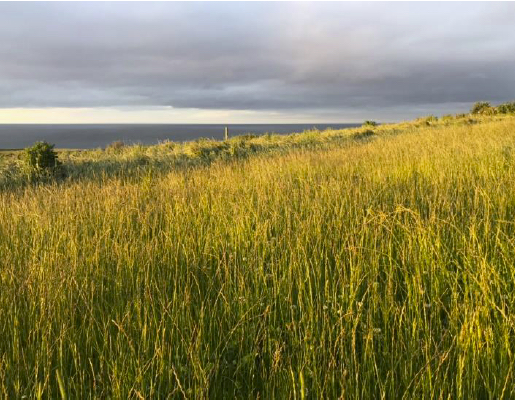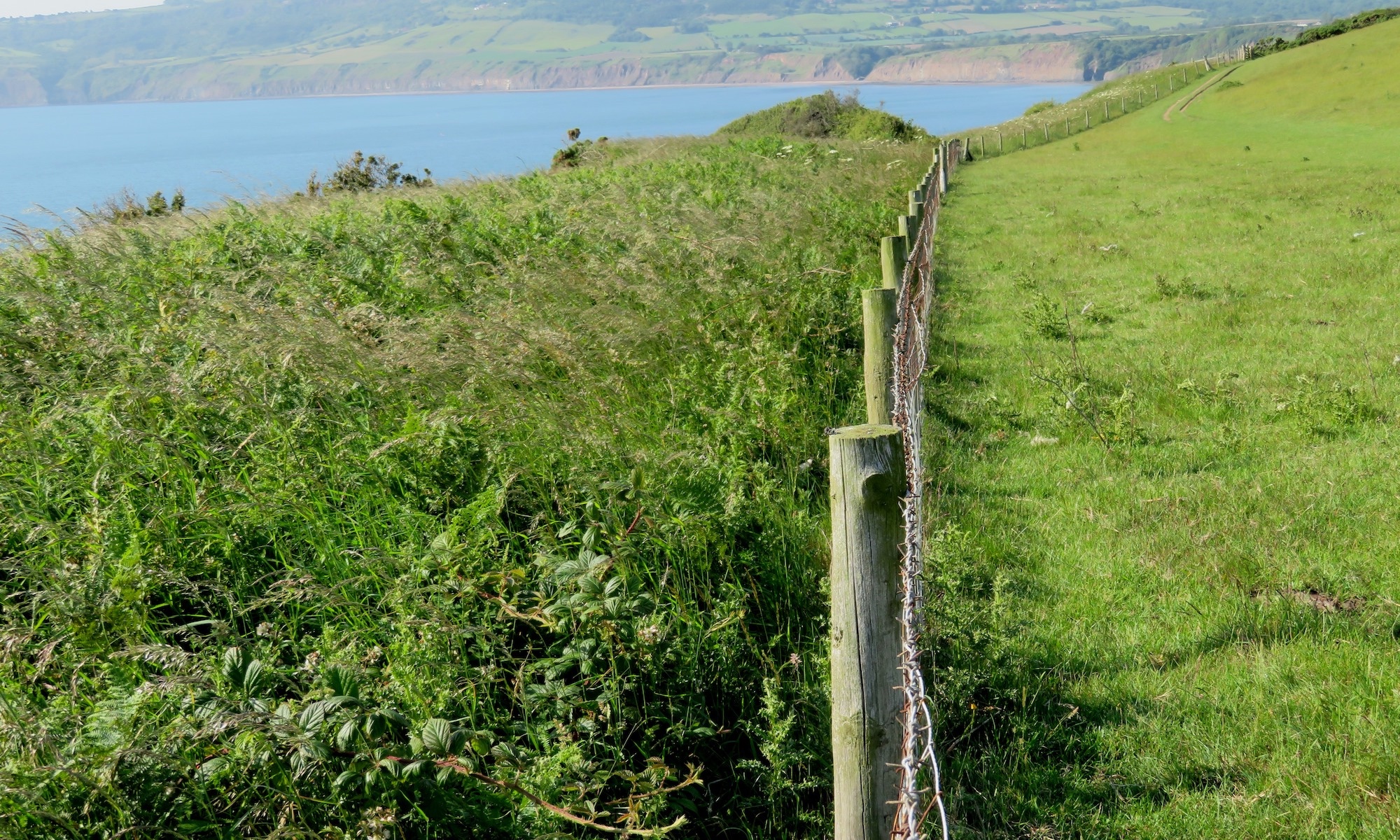by Hilary Koll and Steve Mills
23rd August, 2021
“Oh, we love Whitby” is a common reaction when we say where we have lived for the past 21 years. The fishing town is known for its picturesque streets and alleys, its award-winning fish and chips, beaches and cliffs, the 199 steps to St Mary’s Church and Whitby Abbey and, of course, for Dracula.
Whilst Whitby has many attractions for tourists it is also a place that offers attractions for visitors of the feathered-variety. This area of Yorkshire, on the north-east coast, with mixed habitats surrounded by sea and moorland, hosts a good variety of birds. Our garden, near the cliffs on the Abbey Headland, has been a favourite drop-in point for many rare birds flying in off the sea over the years, particularly when there’s an easterly wind in autumn.
Unfortunately, in more recent times, we have witnessed a drop in the number and variety of birds that use the agricultural land around us and have noticed a general decline in biodiversity. So, we were delighted when the opportunity to buy a field arose that would allow us to attempt to reverse some of that decline.
Steve has had a lifetime’s passion for birds and nature and has always created habitats for the benefit of birds, beginning with our garden soon after we had moved here. Although I was initially more sceptical (being still stuck with the ‘tidiness’ obsession), as I witnessed how our garden changed from an empty lawned rectangle into a habitat full of birds, butterflies, bees and life, I became converted to the idea of letting nature have its own way, even before the word rewilding reached our ears.
So, three years ago we began with a short-cropped rye-grass pasture field (about 10 acres) on a wild and windy cliff-top and began the process of rewilding.
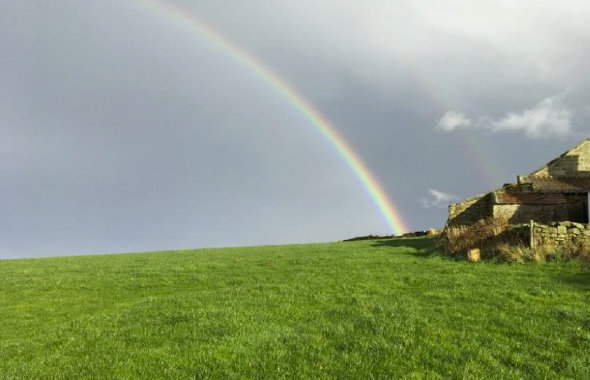
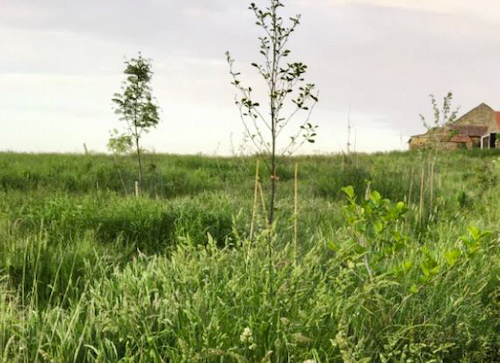
We hoped this would increase breeding opportunities for farmland birds and encourage habitats for voles and small mammals which might, in turn, attract Barn Owls and Kestrels. So we left the grass to grow, and grow it did!
As summer progressed it flopped over creating layers for field mice and voles. Small ground-nesting birds such as Skylarks and Meadow Pipits found the extra cover perfect for breeding. We put in several ponds to provide washing and drinking facilities for them and other birds.
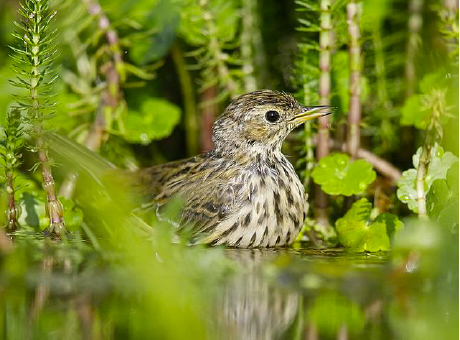
Being such an exposed location where the wind brings salt with it when blasting us from the north, we were under no illusions that our initial tree-planting would turn into a lush woodland any time soon, but we wanted to create some shelter so began planting hardy saplings such as hawthorn, elder, sea-buckthorn, willow, hazel and so on. Three years on they don’t look much taller than when they were put in but gradually the field is changing.
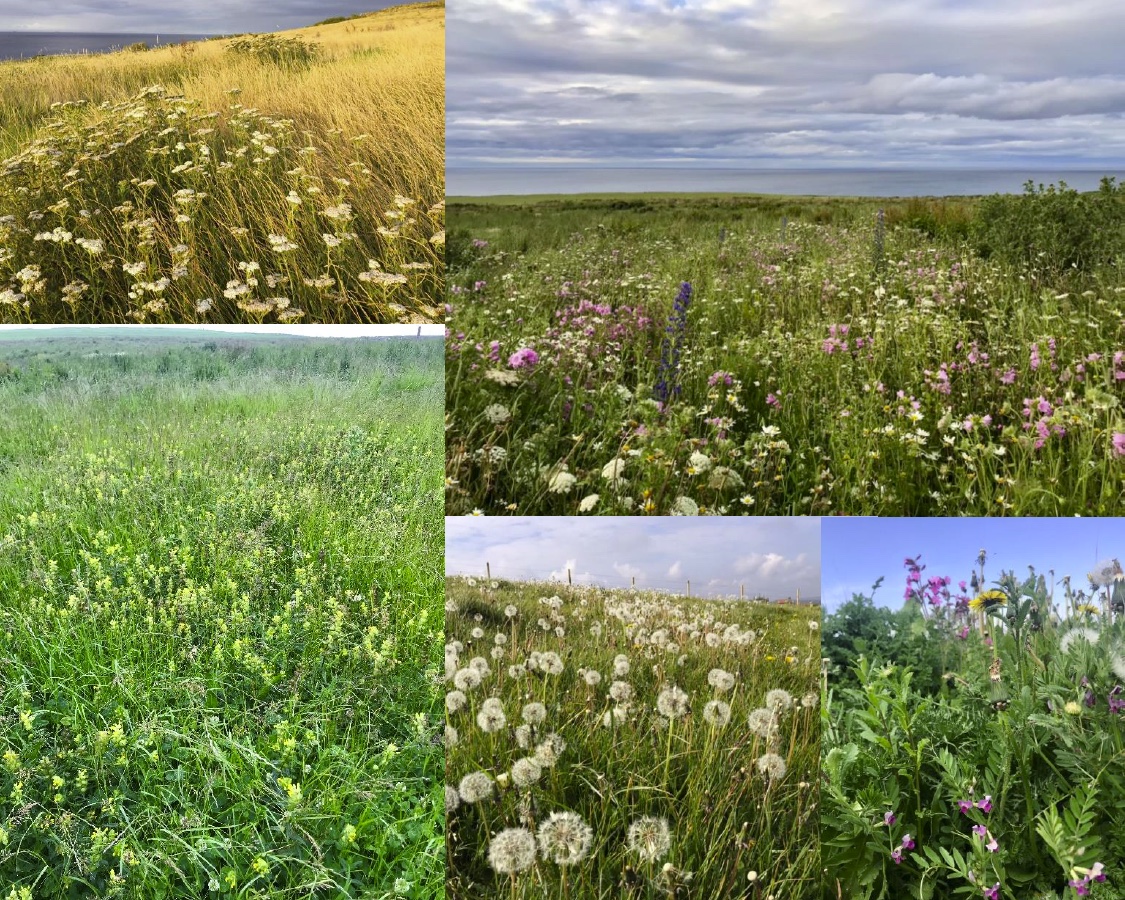
The grass is interspersed with an increasing diversity of plants and wildflowers, some created as patches by ourselves, either by clearing the grass layer with a digger and sowing seeds or by closely mowing and growing yellow-rattle. It can’t be described as meadow as the field is very fertile and still dominated by ryegrass, but nature is taking hold of it. Yes, we have dock, thistle, bramble, gorse, nettles and creeping buttercup, but we also have clover, cow parsley, birds-foot trefoil, ragged robin, vetch and many species of wildflowers and other grasses amongst it. Looking closely we can see more moths, insects and butterflies hiding among the grasses and our trail camera regularly shows hares, rabbits, badgers and deer using the field. The teasels attract flocks of Linnets and Goldfinches, and in the bushes Reed Bunting and Whitethroat have begun to breed. Our hopes are for Yellowhammers to use our hedges one day.
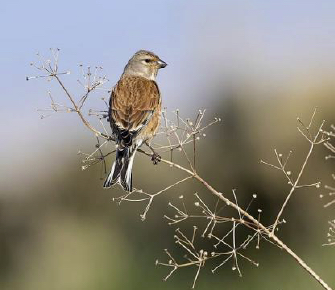
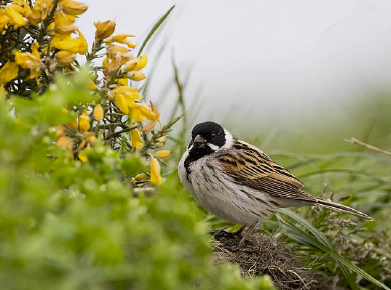
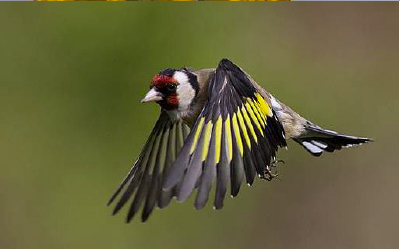
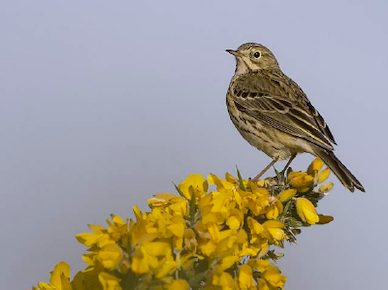
Our most heart-warming special moment, however, was when we had the first visit from ‘our’ Barn Owl swooping over the field and finding food before landing to eat it on a post we had put up.
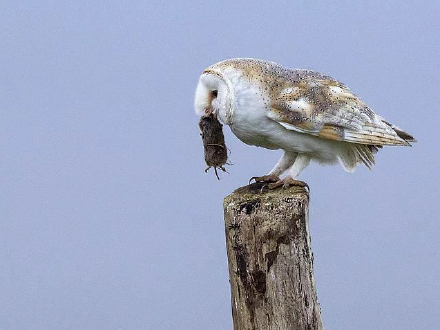
It is an evolving process and we are learning what works for us in our situation and what doesn’t. Now that some of the grasses are very tall, we plan to introduce more strips of shorter grass within the longer grass (as they do at RSPB Bempton) to assist the Barn Owls in their hunting. We have decided to use some wind-reducing mesh to offer more protection for some of our plants and trees. Despite blocking some land-drains in the field, our attempts to create a year-round wet-area without a pond-liner have been unsuccessful so far but we accept that its sheltered banks even when dry offer a different habitat from the rest of the field and attract resting butterflies warming themselves on the dry earth.
Many walkers on their way to Whitby pass by our field and we are sure that many don’t recognise the difference in biodiversity from that of the neighbouring fields around, seeing its abundances as just ‘untidy weeds’. For us though, the life in the field is a fascinating, evolving source of wonder and a chance to learn so much about what nature has to offer.
